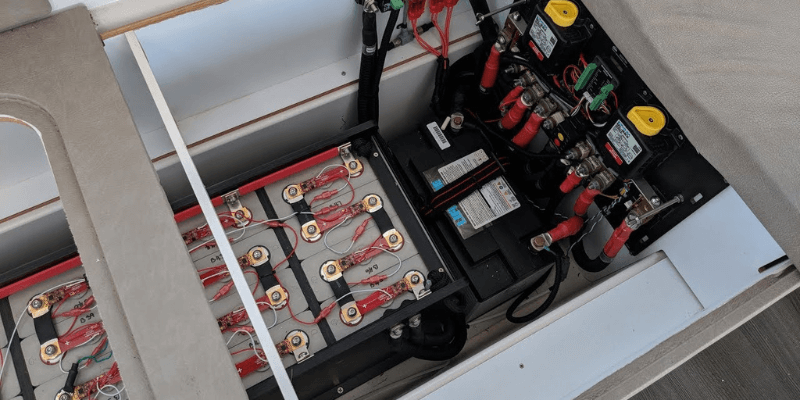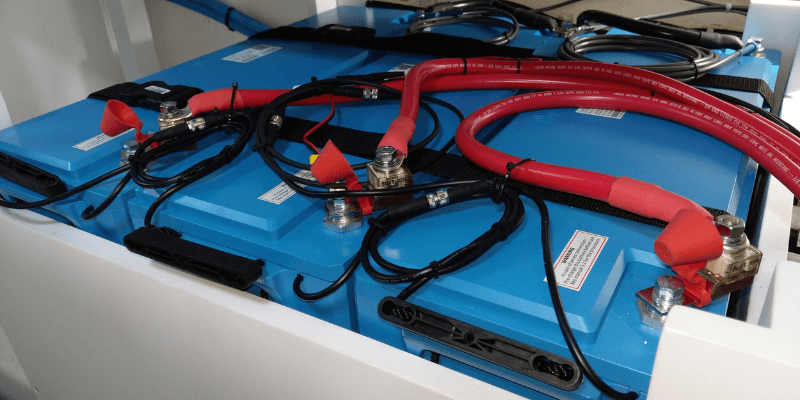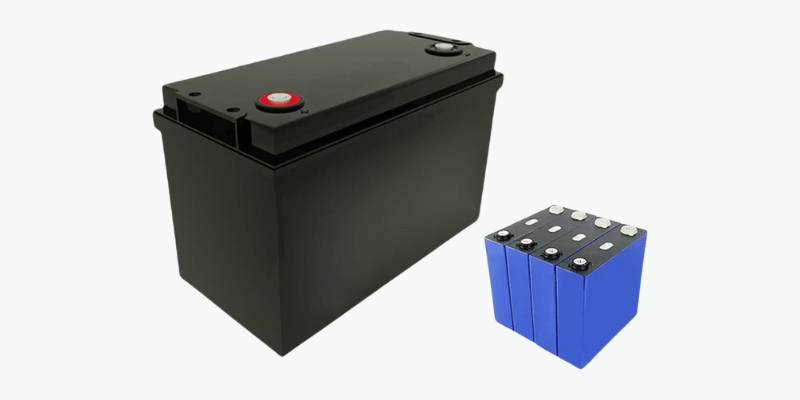The marine industry has shifted significantly with the adoption of advanced energy storage, particularly lithium batteries. These batteries offer significant advantages over traditional lead-acid ones – they’re lighter, more powerful, and have a longer lifespan. However, some lithium batteries can be challenging to use on boats. That’s where the American Boat and Yacht Council (ABYC) comes in with their E-13 standards to ensure safety on the water. Let’s explore what ABYC E-13 entails and how you can ensure compliance.
Key Components of ABYC E-13 Standards
1. Installation Requirements
ABYC E-13 provides guidance on setting up lithium batteries on boats. It ensures they are securely mounted to prevent shifting and to withstand the harsh marine environment. It also emphasizes the importance of good ventilation to keep things cool during charging or discharging, helping to prevent overheating issues.
2. Charging Systems
ABYC E-13 lays out the basics for charging systems that work with lithium batteries. It covers voltage levels, proper charging methods, and temperature adjustments to ensure efficient charging and longer battery life.
3. Battery Management Systems (BMS)
The standards highlight the need for a robust Battery Management System (BMS) for lithium batteries. A BMS monitors cell voltages, balances capacities, and prevents overcharging or over-discharging. This enhances battery safety and performance.

4. Overcurrent Protection
ABYC E-13 mandates overcurrent protection to prevent excessive current flow that could cause damage or thermal events through proper fusing and circuit protection devices.
5. Temperature Management
Keeping lithium batteries at the right temperature is crucial for both safety and performance. The ABYC E-13 guidelines provide instructions on managing heat, such as adding temperature sensors and setting up cooling systems when necessary.
ABYC E-13 Compliance Best Practices
Sticking to ABYC Standards is crucial for insurance and getting the best out of your batteries. Here are some simple tips to keep you on track.
First off, think about using a LiFePO4 battery. They are superior to lead batteries because they last longer, charge faster, and fit into small spaces easily.
Next up, make sure you follow the E-13 installation guidelines carefully – batteries need to be secure and safe from water. If you’re not sure how to do it, there are over 3,000 certified techs who can help out with the installation.
Also, consider adding an alarm system for alerts via flashing lights or phone notifications.
Lastly, don’t forget about good ventilation and insulation – install over-current protection and thermal runaway protection devices while keeping an eye on battery health with regular checks for any damage or corrosion.

Benefits of ABYC E-13 Compliance
The best thing about following ABYC Standards is the safety factor – they’re all about preventing accidents like fires and cutting down risks with marine battery setups.
Besides, sticking to these standards can help your battery last longer. It’s reassuring to know your boat’s power system is meets industry standards, allowing you to relax and enjoy your time on the water without worries.

